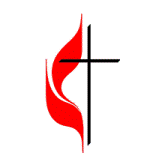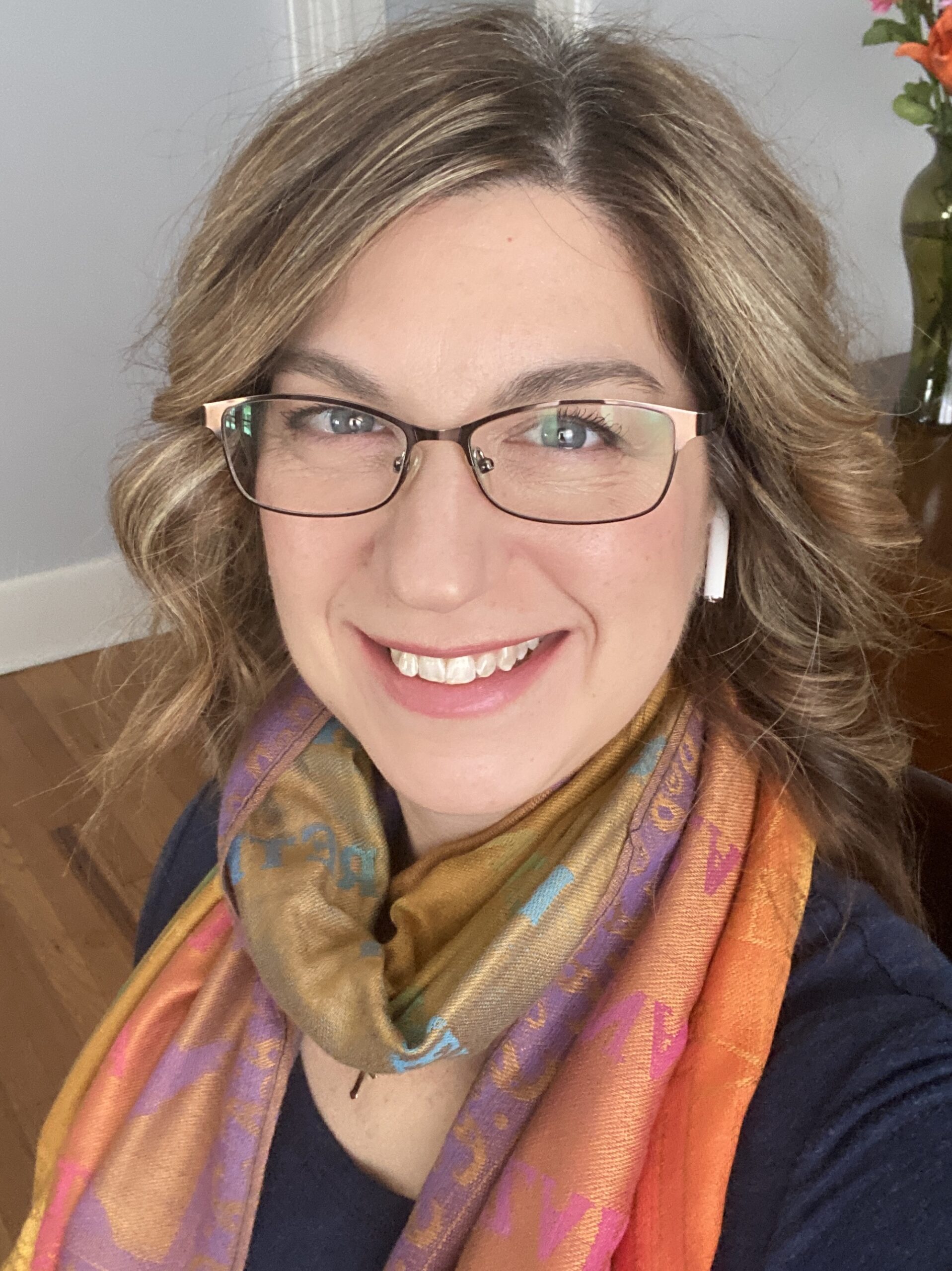Dear Friends,
As if taking me by the arm, something stopped me in my scurrying around our apartment and slowed my racing thoughts. I sat down on Deirdre’s side of our bed and drew a breath.
“I think we’ve got to make a decision, my dear.”
She stared at me expectantly, her sunken eyes rimmed gray and hair frazzled.
“You’ve hardly taken any liquids all night; we’re just not keeping up with the vomiting,
and your urine’s now down to a trickle.”
“I’m trying. I really am.”
“I know you are. But this is how this illness goes. I think you need an intravenous now. We have to decide whether to admit you to the hospital or put in an IV here.”
“I really don’t want to go in to the hospital.”
Throughout the month of August, Deirdre and I had shared stories across dinner about the unexpected epidemic of dengue fever rising in the Kathmandu Valley. Benjamin, resigned to being the lone non-medico at the table, listened with glazed eyes. I said most of the patients I was seeing were not as sick as those of last year’s COVID surge. Deirdre, who works in the ICU, pointed out two recent deaths in young people who’d gone into shock.
The dengue (DENG gee) virus is carried by Aedes mosquitoes, known to Nepalis as
‘tiger mosquitoes’ because of their alternating black and white stripes. Although we’re used to seeing these pests late each Nepali monsoon, during past years we’d only treated a handful of patients with dengue; it was mainly in the tropical lowlands. This September, half of Patan Hospital’s 140 medical ward beds had patients with dengue complications.
The storm hit our household on a weekend. That Saturday night Benjamin excused
himself from our pizza dinner (unheard of) and went off to bed with a high fever. Sunday afternoon Deirdre succumbed. Both were vomiting by Monday morning, so I took off the day to nurse them in adjacent rooms, Benjamin having moved downstairs to our study. The bathroom lay strategically between the two, wide plastic basins stood beside each of their beds, and around the apartment I bustled.
Since his toddler days, controlling Benjamin’s fever during infections has always been a challenge and so it was this time: peaking at 104o and hardly dropping below 102o even with higher than advised doses of Tylenol (paracetamol). I’d been hearing from patients that pharmacies in town were running out of this medicine, so widespread had its use suddenly become. I watched us put a sizeable dent in the bottle we’d brought from the U.S. and wondered how many days I’d need to tamp down these fevers. Our kitchen white board, usually jotted with phone numbers, reminders, and shopping lists, took on the appearance of a hospital
record chart with times of temperatures, drugs, urine and other bodily excretions arrayed in two broad columns, one headed BZ, the other DZ.
Alka Hospital is a 10-minute bicycle ride up the hill from our apartment. Its accessible pharmacy and lab made it my choice for quickly picking up medicines and supplies and dropping off blood samples. Tests showed both of their white blood counts falling to low levels and Deirdre developing hepatitis from the virus.
Alka’s pharmacy counter opens onto a long section of sidewalk beside a bustling road, so one can just turn up and order. On Wednesday, I handed the young man inside a long list of needed supplies – bottles, tubing, and cannulas for intravenous fluid, anti-vomiting drugs and potassium, bandages, tape, and antiseptic. I leaned on the counter beside others crowding in to buy medicines for their loved ones, many admitted into the adjacent Alka Hospital. The usual supply chain for Nepali hospitals runs through patients’ relatives’ hands.
As I waited, I looked around and noticed the faces. I guessed some of these folks were purchasing medicines or supplies for inpatients a lot sicker than Deirdre. Yet, they seemed calmer than I felt inside. Were they just better able to mask their concern? It occurred to me maybe I’d long been underestimating the anxiety of my patients’ relatives.
Back home, I fashioned a spare curtain rod into an IV pole and by late afternoon had
fluids coursing into Deirdre. The device’s portability was essential, as she frequently had to snatch it up and hurry into the bathroom. Each evening I considered going in to work the next day, but each morning’s reality dispelled the notion. My colleague Dr. Bimal called repeatedly to check in and said, ‘Don’t bother coming in; we’ll manage here.’ Our friends Drs. Buddhi and Madhu brought by fruit (though Deirdre couldn’t manage a bite) and extra bottles of IV fluid.
This was Benjamin’s second brush with the effects of climate change. During the first
half of the last summer, he’d stayed with friends in Weed, California working as a lumberjack. In August, the house where he’d stayed missed by just 200 meters being burned down by the Mill Fire (he was back here in Nepal by then). Nearer to us, in Pakistan this summer, unprecedented rains and glacial melts caused devastating flooding in a country that contributes less than 1% of the world’s greenhouse gases. Our concern grows when we consider how many people back
home still disregard this world-wide threat.
By the second weekend, Deirdre had stopped vomiting and her IV was out. It would take another week before her meals consisted of more than a single cream cracker with Marmite spread and a cup of tea. Emerging from a routine of two naps a day, she gingerly returned to hospital work in the third week.
One late afternoon we sat in the kitchen debriefing the day – her recovery landmarks
and my hospital work. After a pause, she said, “You know, you’re my hero, the way you pulled me – pulled us both – through all this.” I couldn’t deny it felt pretty good to be thus hailed by my dear one, but I also had to admit I went through most of that week feeling grateful. Glad for the energy to help them and the appetite to keep eating (fueling) – and, finally, relieved to see them recover.
During my prayer time, following one of our rougher nights, I’d closed my eyes and felt a sense of darkness wafting through our apartment. Rather than turn from the vision, with some wonder and hope, I focused my inner gaze on these clouds. Paradoxically, I began to sense a solid, resolute Presence on just the other side of the murky veil. Steadfast love behind, or even within, the ephemeral shadows. When they dissipated, the Presence also seemed to recede from my view. It was as if the clouds themselves had provided a lens through which to behold the Eternal.
We came through these weeks feeling a closer kinship to those with whom we share this vibrant, untidy city. Our housekeeper Anuja, many folks in our church, local shopkeepers and their families – many endured dengue in more challenging home situations than ours, or had to be admitted to hospitals.
For some months we have been in prayer about where we’ll be located after next
summer (2023). Family support needs, Nepal visa permission to stay, and our work situations all seem in flux. Not so our Lord. He remains, His love steadfast.
And we thank you for your prayers.
Love,
Mark, Deirdre, Benjamin (and Zachary)


